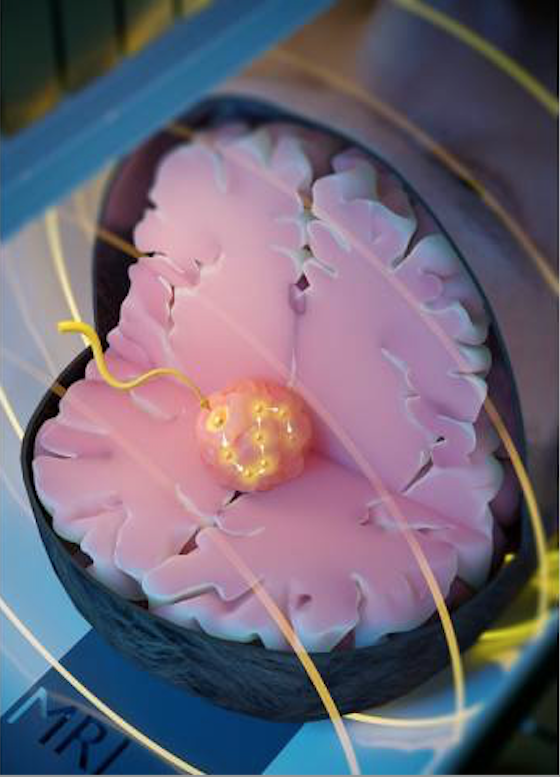One promising possibility for next-gen cancer treatments involves infiltrating tumors with specially-designed particles and heating them up to destroy the cancerous tissue, and new research from the University of College London (UCL) takes this technology into new terrain. The team's solutions leverages MRI scanning to steer magnetic seeds to the site with a high level of precision, offering new hopes of advanced treatments for hard-to-reach cancers.
The technique at the heart of this research is known as magnetic hyperthermia, and it is a technology that has shown some exciting potential in recent years. The idea is to use carefully placed magnetic particles to heat up targeted cancer cells without harming surrounding healthy tissue, and is currently only used in humans to treat very aggressive forms of brain cancer.
We've seen scientists make promising inroads when it comes to making this technology more effective, such as combining it with chemotherapy to enhance the efficacy of both approaches, heating the particles up with lasers to selectively take out the cancer cells, or delivering clusters of particles intravenously to have them passively accumulate in the tumor.
The UCL team sought to improve on a couple of drawbacks of current techniques, such as the limited ability to manipulate the particles once they are in the body, and a reliance on multiple particles to get the job done. The researchers call their solution “minimally invasive image-guided ablation” (MINIMA), and it instead uses a single ferromagnetic thermoseed that can be steered to the tumor site with an MRI scanner and promptly heated up to deal the damage.
“MINIMA is a new MRI-guided therapy that has the potential to avoid traditional side effects by precisely treating the tumor without harming healthy tissues," said senior author Professor Mark Lythgoe. "Because the heating seed is magnetic, the magnetic fields in the MRI scanner can be used to remotely steer the seed through tissue to the tumor. Once at the tumor, the seed can then be heated, destroying the cancer cells, while causing limited damage to surrounding healthy tissues.”
The 2-mm seeds are made from a metal alloy, are spherical in shape, and are implanted into tissue before being drawn towards the tumor site. This was demonstrated in mouse models where, while being tracked to within 0.3-mm accuracy, the seeds could be navigated to the cancer and then heated up to take out the tumor.
“We are now able to image and navigate a thermoseed in real-time through the brain using an MRI scanner," said Lythgoe. "As MRI is already used to detect the boundaries of cancers, the seed can be moved precisely to ensure it does not stray into surrounding healthy tissue. As the seed is guided through the tissue it can be heated to destroy the cancer. This combines therapy and diagnosis into a single device, creating a completely new class of imaging therapy.”
The scientists imagine the MINIMA technology finding use in tackling difficult-to-reach and aggressive brain cancers, along with other cancers that call for minimally invasive therapies, such as prostate. The even imagine fashioning the seeds into tiny tools that can be deployed for even more powerful cancer-fighting effects.
“In the longer term, we will change the shape of the seed to act as a tiny cutting scalpel that could be guided through tissue, which would allow surgeons to perform remotely controlled operations, revolutionizing non-invasive surgery," said Lythgoe.
The research was published in the journal Advanced Science.
https://newatlas.com/medical/magnetic-seeds-cancer-tissue-tumors-heat-mri/

No comments:
Post a Comment
Note: Only a member of this blog may post a comment.